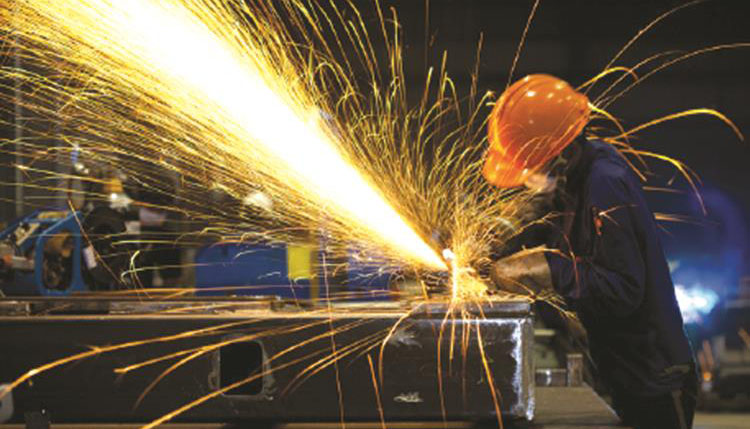
The Sunday Mail

GOVERNMENT wants industrialists to modernise their equipment so as to improve efficiencies and consequently cut production costs, which have often been passed on to consumers in the form of higher prices.
This comes as both Government and industry are excited about the US$100 million facility for the private sector, which has been extended by the United Kingdom’s development finance institution, CDC and Standard Chartered Bank.
Industry, Commerce and Enterprise Development Minister Dr Mike Bimha, told The Sunday Mail Business last week that Government wants manufacturers to channel more funds into modernisation of factories so that production costs decline.
“As (Ministry of) Industry, we are happy with the facility and we want money like yesterday. We would like to see any money we get (in future) going towards the productive sectors. That is what we would want to see,” said Dr Bimha.
“Our industry has a major, major need for retooling and re-equipping. Policies that we came up with such as SI64 (Statutory Instrument 64 of 2016) to support industry were not meant to be the panacea of industrialisation, they were just meant to give them some temporary relief.
“What we need is modernisation of our industry, which has been re-equipped, re-tooled.
‘‘We are talking about costs of production because of the old equipment we are using; because of that, we are not efficient.”
Most industries in the country are using old equipment, some of which was acquired in the 1920s.
This pushes up production costs as they require constant maintenance given that the equipment has become prone to breakdowns while the spare parts are not readily available, resulting in production stoppages.
Modern economies are emphasising on investment in new production technologies to ramp up output at lower costs.
Currently, a number of companies are stuck on the RBZ foreign currency queue waiting for their turn to have applications approved so that they acquire spares and raw materials outside the country.
Dr Bimha believes investments in modern production technology will make local industry more efficient while lowering the cost of production.
“Once the cost of production goes down, you are competitive on the global market. When your capacity utilisation is low, your costs go up and when your capacity is 100 percent, the costs go down because the fixed costs don’t change, so it’s good to operate at 100 percent or near full capacity.
“So, every single cent we might get, we would want to drive it to re-tooling and re-equipping. Even now as we are meeting investors, we want them to get into provision of funding for our industry to re-tool and re-equip.”
United Kingdom-based analyst, Dr Brian Mangwiro believes Zimbabwe can overcome both the cash shortages and obsolete equipment challenge if it pursues re-engagement of key global players.
Dr Mangwiro, a director at Multi-Asset Strategies, said the CDC/ Standard Chartered Bank facility should be channelled towards re-tooling industries or leveraging on the funds via a co-investment mechanism, again in key, productive industries.
“The Government should continue on its current path of global engagement and hopefully, meaningful reforms focusing on improving transparency and restoring confidence in the system.
“The CDC/Stanchart US$100 million investment has to be seen in the same light, that it’s expressing confidence in the future of Zimbabwe.”
Improvements in risk perception, particularly since the coming in of the new administration, is expected to attract more investors.
It is widely believed that the commitment by Standard Chartered and the CDC will convince more potential investors that Zimbabwe has turned the corner.
A strategic analyst, Mr Hopewell Mauwa concurred, adding that the country needs to urgently recapitalise industry.
“It’s possible to double the size of the economy through ramping up capacity utilisation.
“However, structural reforms to enhance national competitiveness are critical to wade off imports penetration and to boost exports,” said Mr Mauwa.
Zimbabwe’s capacity utilisation has hovered below 50 percent since 2009, only hitting 57,2 percent in 2011, underlining the need for more capital injection for working capital and capital expenditure.






